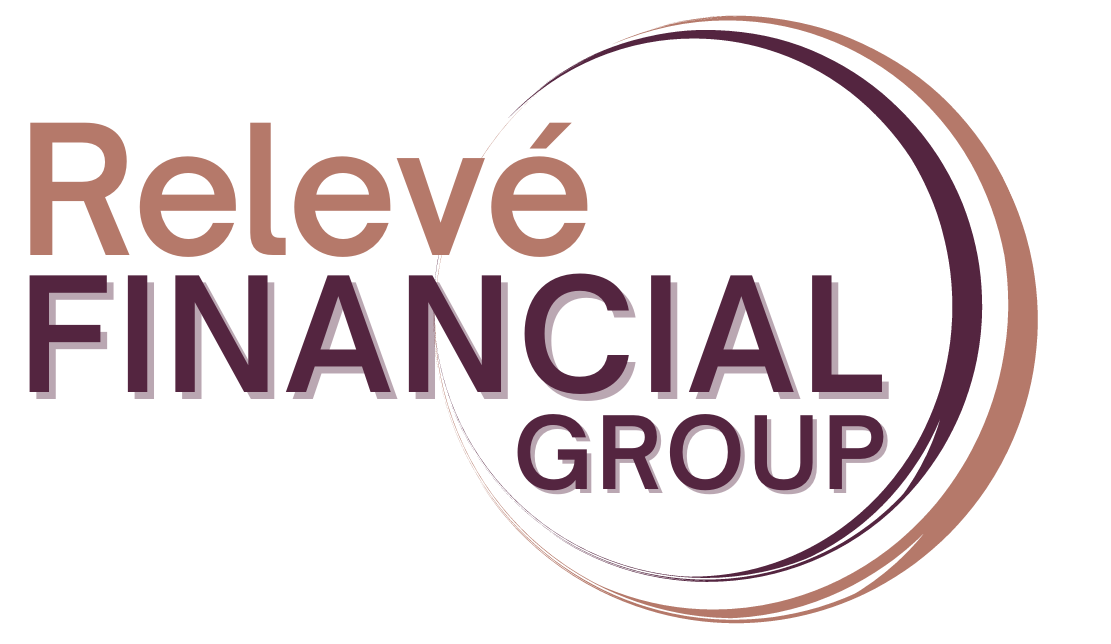All data and commentary as of January 5, 2023.
2022 proved to be a year marked by relentless volatility and market drawdowns across nearly all asset classes. A historically high correlation between equities and fixed income coupled with rampant inflation and geopolitical instability meant there were very few pockets for investors to hide and protect their purchasing power – a very frustrating environment.
In an effort to cool the economy and dampen inflation, the Fed embarked on the largest mone- tary tightening campaign in history – raising interest rates by a whopping 4.5% over the course of the year. Raising interest rates discourages consumer and business spending by making it more expensive to borrow (as you may have seen with the rapid rise of mortgage rates over the course of 2022), which reduces consumer demand for goods and services – leading ultimately to a lower rate of inflation.
Consumer sentiment dropped to an all-time low midyear as cracks in the economy emerged and less stable firms in high growth areas like tech began struggling to meet analyst expectations and announcing hiring freezes and/or layoffs. Among the hardest hit were cryptocurrencies as some of the largest custodians reached insolvency and some legally questionable business practices emerged due to lack of regulation in the space. Both Bitcoin and Ethereum are down over 60% for the year, a far cry from the buying frenzy we saw in the space over the past couple of years1.
While this year was certainly a test of mettle for investors, bear markets can also provide unique opportunities to mitigate the pain of market drawdowns and/or seek new investment vehicles for capital appreciation and income. Throughout the year, we have made numerous adjustments in real time to our proprietary asset allocation models in an effort to align client portfolios with the overarching themes as they develop across markets. These changes included:
- Shortening the duration of the fixed income sleeve of This provides the benefit of making the allocation less sensitive to rising interest rates and inflation, in turn providing potential downside mitigation for the portfolio as a whole.
- Reducing unnecessary overlap between portfolio holdings and streamlining asset class expo- sure. This allowed tax loss harvesting across client accounts and will reduce the lag time be- tween decision and implementation for future model adjustments.
- Adding a new emphasis on owning high quality, stable companies within our models. In tough economic environments, more stable and well-established firms tend to outperform younger, more growth focused alternatives.
- Began introducing new alternative holdings to client portfolios where warranted. These vehicles often have different risk/return profiles than the rest of client portfolios, providing opportunities for growth amplification, income, stability, and diversification.
Looking back at model performance for 2022, these changes made a significant contribution to outperformance of our models vs an appropriate benchmark index blend. As a matter of fact, our model composites as of 12/30/22 had a range of outperformance of 4.1% to 5.8% depending on asset allocation and timing of implementation*. For example, a 60% equity and 40% bond model composite had a return of -11.3% for the year, while a 60%/40% blend of the S&P 500 and Barclays Aggregate Bond Index respectively would have had performance of -16.07% over the same time period (Relevé model outperformance of 4.77%!).
Looking forward into 2023, we likely have more volatility in store as the Fed continues its battle against inflation and investors try to determine the likelihood and potential severity of recession. Experts are still trying to make sense of recent economic data as we head into the new year, but there are already numerous identifiable headwinds and tailwinds to help prudently navigate the current economic landscape from a portfolio management standpoint.
Wall Street consensus suggests that there is a fair chance of seeing a recession in the next year, but a strong labor market and low unemployment may provide some insulation for consumers and lead to a “mild” slowdown rather than a more severe drawdown like we saw in 2008. The Fed has made it clear that they will do whatever it takes to tame inflation, and it is still unclear when (and to what degree) this will stall the economy – or even how long they will need to hold rates higher before reversing course and cutting rates. These issues will likely come into focus in the second half of 2023, once we have more clarity around the Fed’s projected path for rates, which are expected to remain elevated until 2025 based on the most recent FOMC dot plot estimates.
Over the next 12 months, we have a few focus points from an asset allocation standpoint. First, we are keeping a close eye on the duration of the bond sleeve of portfolios. We reduced duration in early 2022 which helped ease the pain of rising rates, but intermediate/longer term bonds have become incredibly cheap and are beginning to look more and more attractive. For context, the Barclays Aggregate Bond Index had a return of -13% for 2022. There have only been 5 negative years of performance for the index going back all the way to 1971, and the next worst year since then was only -3%2! Once interest rates stabilize, an increased portfolio duration can potentially help portfolios achieve a higher rate of participation once bonds as an asset class begin to recover. We will also be performing ongoing due diligence to offer additional non- traditional alternative investments for client portfolios where appropriate. Although these instruments can have minor liquidity constraints, they can potentially offer superior return, stability, income, and diversification in return.
While 2022 was a hard year, we appreciate your ongoing trust and are thrilled with the results we have seen from our intentional, procedural, and patient asset allocation process. 2023 may be another rollercoaster of a year, but rest assured we are keeping a close eye on the economic environment and are here to address any questions or concerns you may have. We look forward to seeing you soon!
*Model performance statistics are based on model allocations as of 12/30/22, and then back tested to the beginning of the year. Actual client returns will vary based on asset allocation target, contributions/distributions, timing of model implementation, and differences in porfolio holdings vs model composites. Please refer to the statement from Schwab or the account custodian for individual account performance metrics.
1https://www.morningstar.com/articles/1131179/15-charts-on-an-extreme-year-in-market-performance 2https://am.jpmorgan.com/us/en/asset-management/institutional/insights/market-insights/guide-to-the-markets/

Jake Fromm | Chief Investment Officer, CFS® | It is our mission to help you think differently about your wealth so you can LIVE WELLthy™ today and tomorrow.
